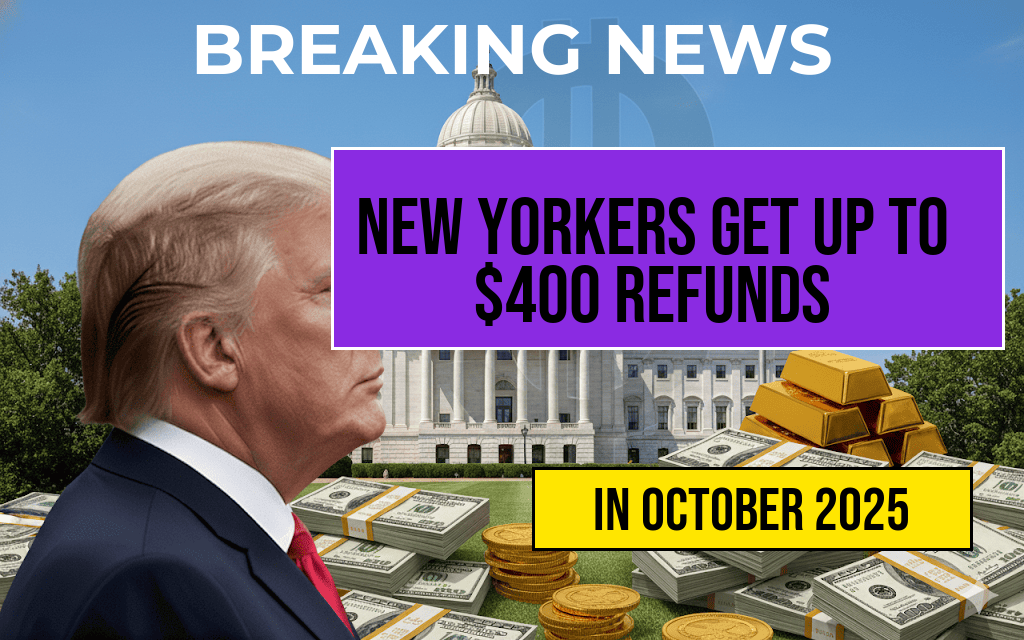As Medicare beneficiaries prepare for the upcoming year, many are bracing for an increase in their Part B premiums that will significantly impact their cost-of-living adjustments (COLA). The projected rise in Medicare Part B premiums is estimated to consume approximately $10.30 of the COLA increase for 2024, leaving many seniors to navigate tighter budgets amidst rising healthcare costs. This increase underscores the ongoing challenges faced by older Americans as they strive to maintain their financial stability while managing essential health expenses. As the Social Security Administration (SSA) announces its annual COLA adjustments, the implications of rising healthcare costs loom large, raising questions about the long-term sustainability of Medicare and the financial well-being of its beneficiaries.
Understanding the Impact of Part B Premium Increases
The Centers for Medicare & Medicaid Services (CMS) recently released projections indicating that the standard monthly premium for Medicare Part B will increase substantially. For 2024, the monthly premium is expected to rise by approximately 6.5%, resulting in an estimated cost of $174.70 per month. This increase comes at a time when many seniors are already feeling the effects of inflation and escalating healthcare costs.
Details of the COLA Adjustment
The Social Security Administration announced a COLA of 3.2% for 2024, which translates to an average monthly increase of about $59 for beneficiaries. However, the simultaneous rise in Medicare Part B premiums means that a significant portion of this adjustment will be absorbed by healthcare costs. The following table outlines the projected COLA and its implications for Medicare beneficiaries:
| Category | Amount |
|---|---|
| Average Monthly Increase from COLA | $59 |
| Projected Monthly Part B Premium | $174.70 |
| Amount Consumed by Premium Increase | $10.30 |
| Net Gain for Beneficiaries | $48.70 |
Factors Contributing to Rising Costs
Several factors contribute to the increasing costs of Medicare Part B premiums, including rising healthcare service prices, pharmaceutical costs, and the aging population. As healthcare expenses continue to escalate, many beneficiaries are left grappling with how to cover their essential needs while managing their fixed incomes. Analysts suggest that these trends may persist, further complicating the financial landscape for seniors.
- Healthcare Provider Costs: Increased fees from doctors and hospitals.
- Prescription Drug Prices: Higher costs for medications, especially specialty drugs.
- Aging Population: A growing number of beneficiaries requiring more medical services.
Responses from Advocacy Groups
Advocacy organizations and lawmakers have expressed concern regarding the implications of rising Medicare premiums on seniors. Many argue that the increasing costs place an unfair burden on older Americans who rely heavily on Social Security for their livelihoods. Groups such as the AARP have called for reforms to ensure that Medicare remains affordable and accessible for all beneficiaries.
Proposed Solutions
In light of these challenges, various solutions have been proposed to alleviate the financial strain on seniors. Some of these include:
- Policy Reforms: Advocating for legislation that caps Medicare premium increases.
- Enhanced Coverage Options: Expanding benefits to include more preventive services and lower-cost alternatives.
- Increased Funding: Proposals to increase funding for Medicare to manage rising healthcare costs more effectively.
Looking Ahead
As 2024 approaches, Medicare beneficiaries must stay informed about their healthcare options and budget accordingly. The interplay between COLA adjustments and rising Medicare premiums highlights the importance of strategic financial planning for seniors. With increased awareness and advocacy, there is hope that solutions will emerge to support the needs of older Americans, ensuring they can access the healthcare they require without compromising their financial security.
For more detailed information about Medicare premiums and the COLA adjustments, you can visit the Social Security Administration or Medicare.gov.
Frequently Asked Questions
What is the impact of higher Part B costs on my COLA?
The increase in Part B premiums will consume approximately $10.30 of your Cost of Living Adjustment (COLA) in Medicare premiums, meaning that a significant portion of your adjustments will go towards covering these increased costs.
How much will my Medicare Part B premiums increase?
The exact increase in Medicare Part B premiums can vary each year, but for the current year, the increase is projected to consume $10.30 of your COLA.
What is COLA and how does it relate to Medicare?
COLA stands for Cost of Living Adjustment, which is an increase in income to keep pace with inflation. In the context of Medicare, it affects how much beneficiaries receive and how much of that is absorbed by rising Part B premiums.
Are there any ways to offset the higher Part B costs?
Beneficiaries can explore options such as Medigap plans or other supplemental insurance to help offset higher Part B costs, although these may come with their own premiums and considerations.
When are Medicare Part B premiums typically adjusted?
Medicare Part B premiums are usually adjusted annually during the Open Enrollment Period, which occurs at the end of the year, impacting beneficiaries starting in January of the following year.












